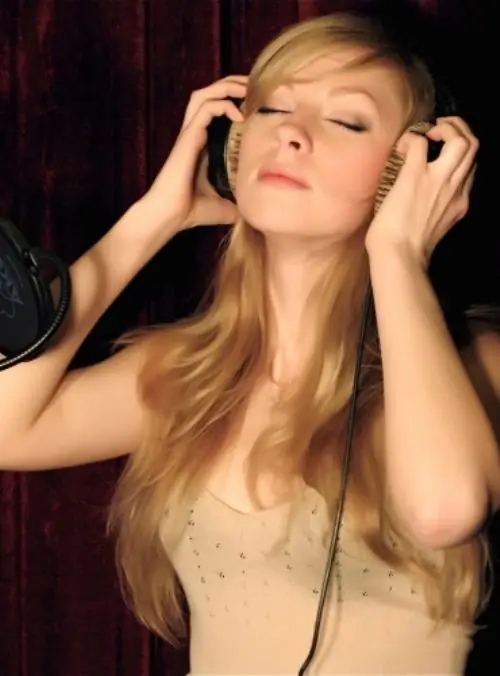A phonogram is an audio recording of a song. There are two types of phonograms: plus (with voice recording and back vocals) and minus (without voice and sometimes without back vocals). As a rule, the first type is better known to the audience, and the second - to musicians. The phonogram is recorded in special soundproof rooms by professional sound engineers. But novice masters can record the accompaniment to the song in a home studio, if the room has thick enough walls and does not let sounds through.

Instructions
Step 1
To record phonograms, you can use almost any sound editor: Adobe Audition, Audacity, Sound Forge or the like. First of all, it should be convenient for you and fit into the power of your computer.
Step 2
The first part recorded in the studio is drums. They should develop in accordance with the theme of the song and not give out hyper-complicated breaks in the first measures.
Step 3
Second, the bass is recorded. She usually plays the root of the chord (I'll take it). When you play a third or fifth in the bass part, the chord loses its stability.
Step 4
Next, the rest of the rhythm parts are recorded: rhythm guitar, additional instruments. Try not to use a large number of parts at the same time: alternately "turn off" and "turn on" the parts. The introduction should contain a minimum set of sounding parts.
Step 5
The rest of the orchestral instruments are recorded next, playing the role of backing voices. Their order is determined by the pitch: the lower the range, the earlier the recording. There should be enough backing to fill the musical fabric from high to low, but not too much to drown out the main part (voice).
Step 6
Backing vocals are recorded last. After that, the soundtrack is mixed: the balance of loudness and frequencies, removal of noise, adding effects.






